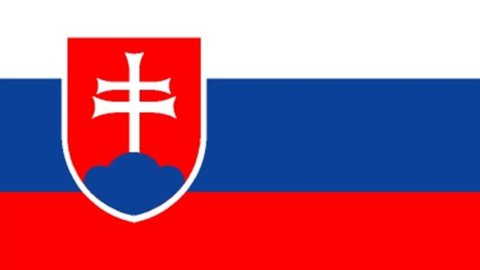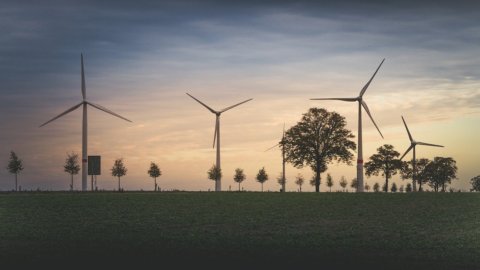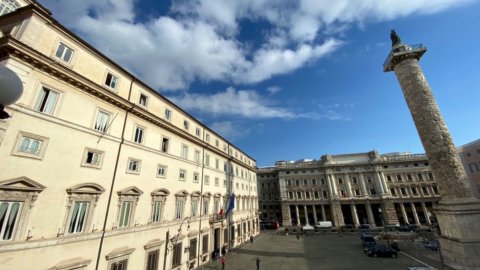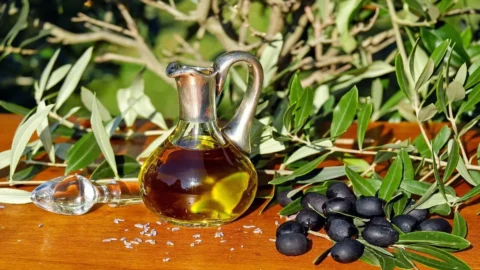The stock of FDI in Slovakia at the end of 2012, based on updates published by Intesa Sanpaolo, was about 56 billion dollars, equal to 61% of GDP for the same year, a marked increase compared to what was recorded in 2008 (53%). Among Central European markets, Slovakia shows a lower FDI to GDP ratio only than Czech Republic e Hungary, but higher than the Poland. The stock of incoming FDI comes mainly from European and Asian countries. Among European countries, the Netherlands is the main investor with a share of about 21%, followed by Austria with 16%, Germany (12%) and Italy, with a share of 8,5%. The largest Asian investor is South Korea with 4,5%. In the same period, FDI outflows amounted to only around 4 billion, a much lower amount than in neighboring countries.
The commercial sector is the one that sees the most presence of companies with foreign capital (about 27,3%), followed by business (12,1%), manufacturing (6,3%), transportation (5,3%) and electrical and electronic machinery (5,1%). Slovak industry
sees its key element in manufacturing: almost 83% of total production in 2013 was manufacturing, while 17% came from electricity, water and gas. The manufacturing industrial structure is characterized by the prevalence of the industry linked to automation: almost a third of production in 2013 was of motor vehicles (31,7%), followed by that of machinery (18,9%), metallurgy (14,1%), chemical, pharmaceutical and petroleum products (9,4 %), of agro-food products (6,7%).
The industrial production index in the first five months of 2014 saw an increase of 6,8% (+5,3% the same period of the previous year). Particularly weak was the performance of the utility sector, which in 2013 suffered a contraction of almost 3%, as well as extractive mining which saw a decline of 1,1%. Manufacturing in the first five months of 2014 accelerated to +8,3% (from +6,7%). In detail, among the main sectors, the highest increases were recorded in the electrical machinery sector (+22,8%), other manufactured goods (+17,5%), metals and metal products (+11,5%), means of transport (+10,1%). Those that, on the contrary, have shown a decline in the first five months of this year are oil and oil refining (-14,5%), pharmaceuticals (-12,6%), textiles and clothing (-11,3% ). In the month of May alone, electrical machinery further expanded its rise, reaching +28,7%, like metals (+15,2%). At this point it is underlined that Slovakia is an important global producer of vehicles and machinery, given the presence on the territory of important foreign names that do not limit themselves to producing only the finished product but also provide for the creation of all the relative components, involving other collateral branches of the production chain, such as electronics, mechanics, metallurgy, rubber and plastic. For all these categories, Slovakia holds interesting shares on the world market, ranging from 1,6% of vehicles to about 1% for the other categories. The growth rate of Slovakia's export of vehicles, mechanical machinery, energy minerals, rubber and rubber products, iron and steel products and aluminum products during the period 2009-13 was significantly higher than in global import growth rate, with the consequent increase in the country's shares on the world market. On the other hand, the shares for electrical and electronic machinery, iron and steel, plastic and plastic items, furniture, lights and signs are decreasing. Net exports are particularly negative for energy minerals.
Italian exports have tended to grow since 2009, the year in which they suffered a collapse due to the international crisis. In 2013, Italian exports settled close to the values of the previous year, slightly lower than the highs recorded in 2011. In the first quarter of 2014, exports grew by almost 5% reaching 600 million euros. For their part, imports went from 1,34 billion in 2004 to 2,87 billion in 2013, the absolute maximum level. The share of trade with Slovakia on the overall Italian total is growing slowly: it was 0,4% in 2004, now it is around 0,7%. Italy's trade balance, historically negative, reached its maximum in 2009 with 0,59 billion, little changed in 2013 when the deficit was 0,58 billion. The net balance by category shows a surplus for Italy as regards mining products, textiles and clothing, refined petroleum products, pharmaceutical products, chemical products, rubber and plastics, metals, electrical and mechanical machinery, while there is a deficit for agricultural products, wood, paper and printing, electronic devices and computers, means of transport. The composition of the total imported and exported has undergone changes over the years, in many cases significant. Among the imports, the weight of means of transport has increased, which went from 25% in 2008 to 27% in 2013, while that of electronic devices decreased from almost 21% to 17%. Both metals and mechanical machinery are recovering, rising respectively to 14% from the previous 11% and 10% from 8% in 2008. Chemical products are down, going from 7% to 5%. Direct exports to Slovakia were represented in 2013 for more than 20% by metals (this percentage was just over 19% in 2008), followed by about 17% by mechanical machinery, only marginally down on the past. Means of transport are substantially stable, around 11%, while textiles and clothing grow from 9% to 10%. There was also a slight recovery in the share of electrical appliances, which came close to 10% from the previous 9%.
The Slovak share of the total imported Italian sector is today more significant than in the past for some main product categories, including motor vehicles, various metal articles, aluminum and aluminum articles, glass and glass articles. In fact, there have been increases in the importance of means of transport, which rose from 1,4% in 2008 to 2,6% in 2013, of metals, which rose from 0,6% to 1,1%, mechanical machinery passed from 0,7% to 1,3%. Electronic appliances and computers rose to a lesser extent from 2,1% to 2,2%. Chemical products settled slightly, falling to 0,4% from the previous 0,5%.
The Italian Ministry of Foreign Affairs has identified interesting investment, as well as commercial, opportunities in some industrial and tertiary sectors. The first sector reported for investments and commercial opportunities is that relating to construction for the modernization and expansion of the road and railway network, with the construction of new sections, viaducts and tunnels, new tenders will be called in which Italian companies will also be able to participate, also through consortia with Slovakian companies. The port river infrastructures on the main water networks are also expanding (the Danube, the Vah and the Hron). Still in the construction sector, there are opportunities in tourist infrastructures and in particular those of winter and spa tourism. Any upcoming candidacy for the 2020 Winter Olympics could give a strong boost to the sector. Still in the field of infrastructure, there are opportunities for investments in the energy field with the expansion of the Mochovce nuclear power plant. ENEL participated in the modernization of a block of this plant and the works were completed in April of this year. Renewable energy sources will be subject to further development, encouraged by government plans for their expansion, in particular wind, solar and biomass sources, still marginal in the Slovak energy offer: in 2011 only slightly more than 8% of the energy produced came from renewable sources. The goal is then to reach 2020 with a 14% share. In the agro-food sector, the Ministry of Foreign Affairs points out the possibility of creating joint ventures with Slovakian companies in order to work, transform and preserve both products of animal origin, such as meat and cheese, what vegetablesespecially juices, preserves and jams. Finally, there are commercial opportunities in clothing, textiles and footwear, jewelery and cosmetics, cycles and motorcycles, furniture and furnishing items, the "Made in Italy" of the luxury category.





